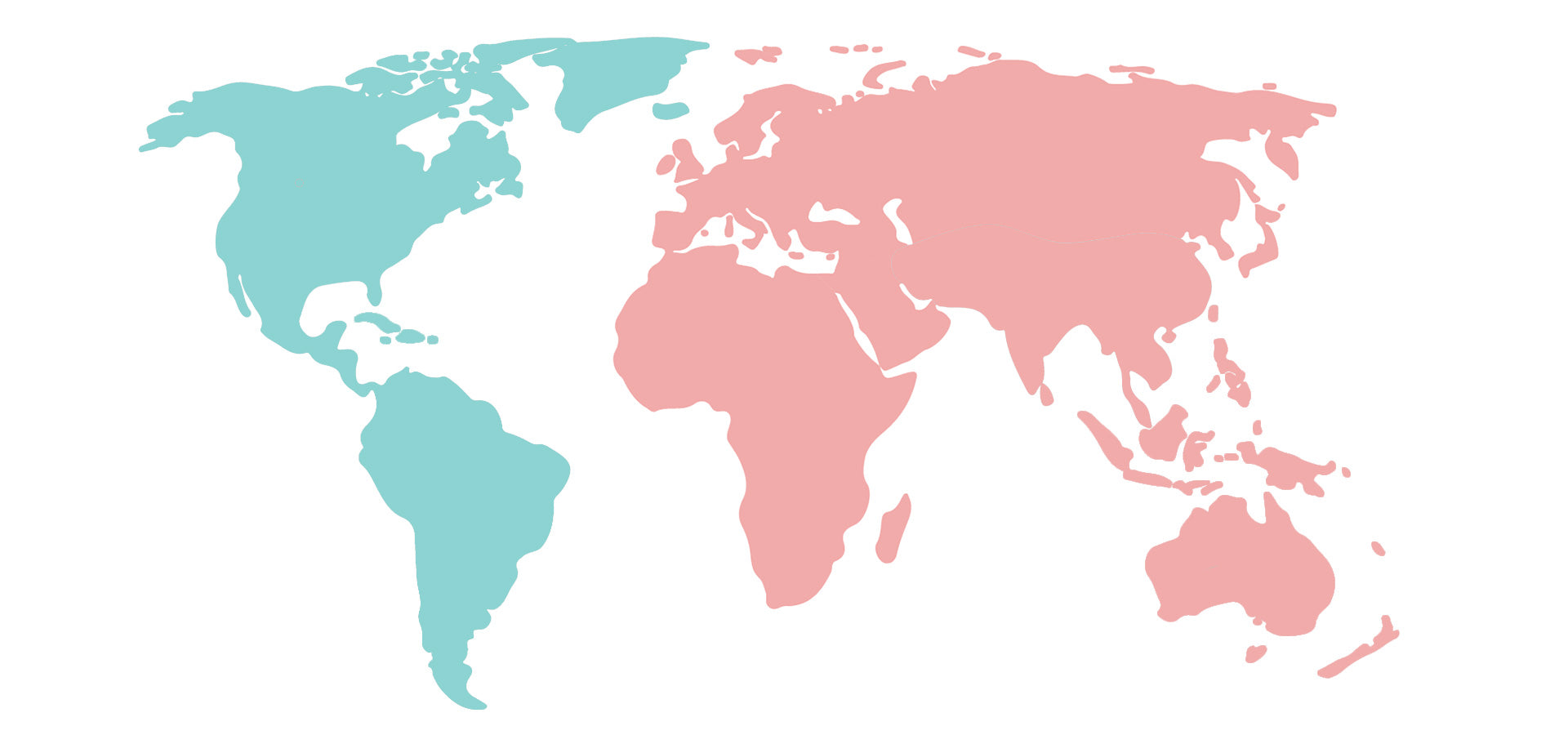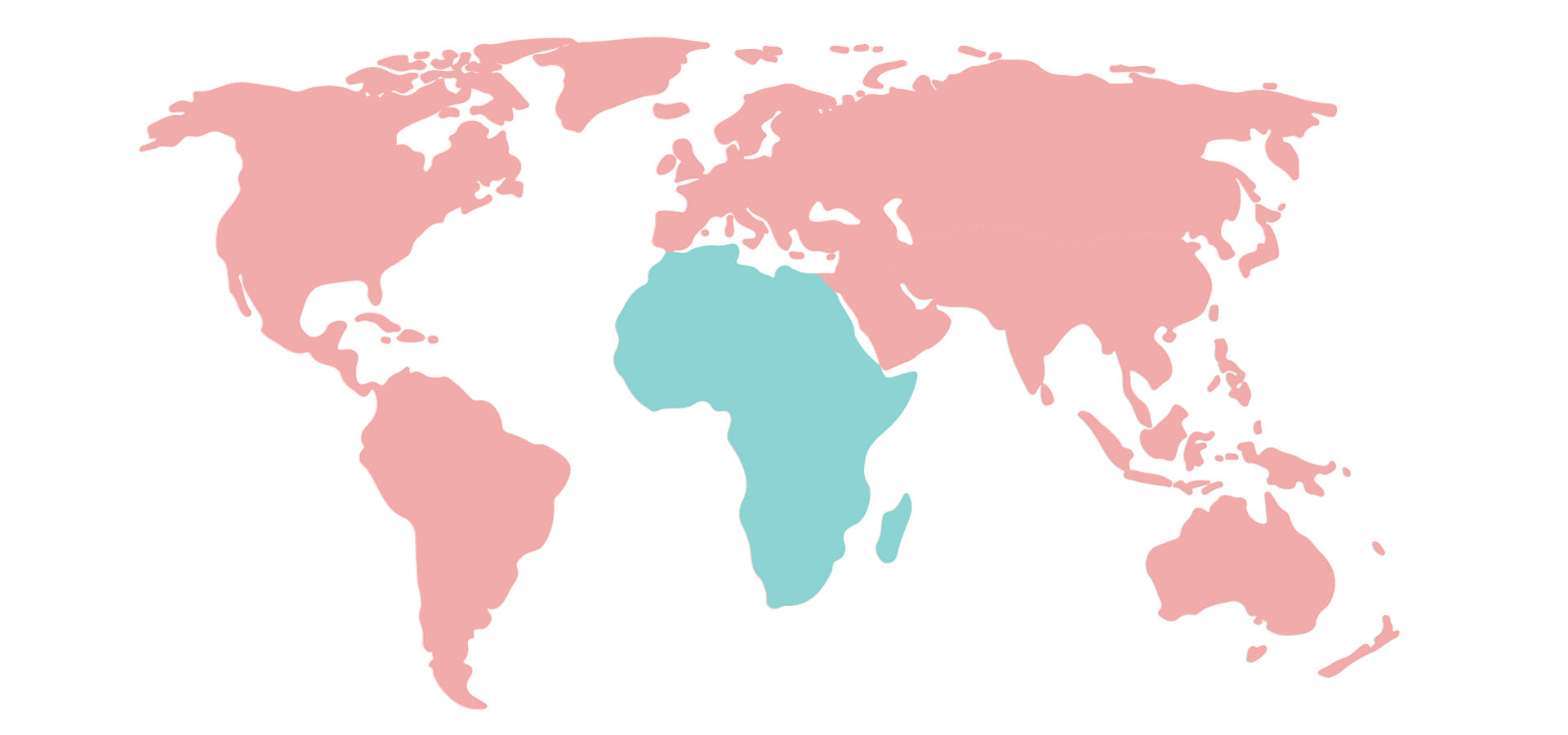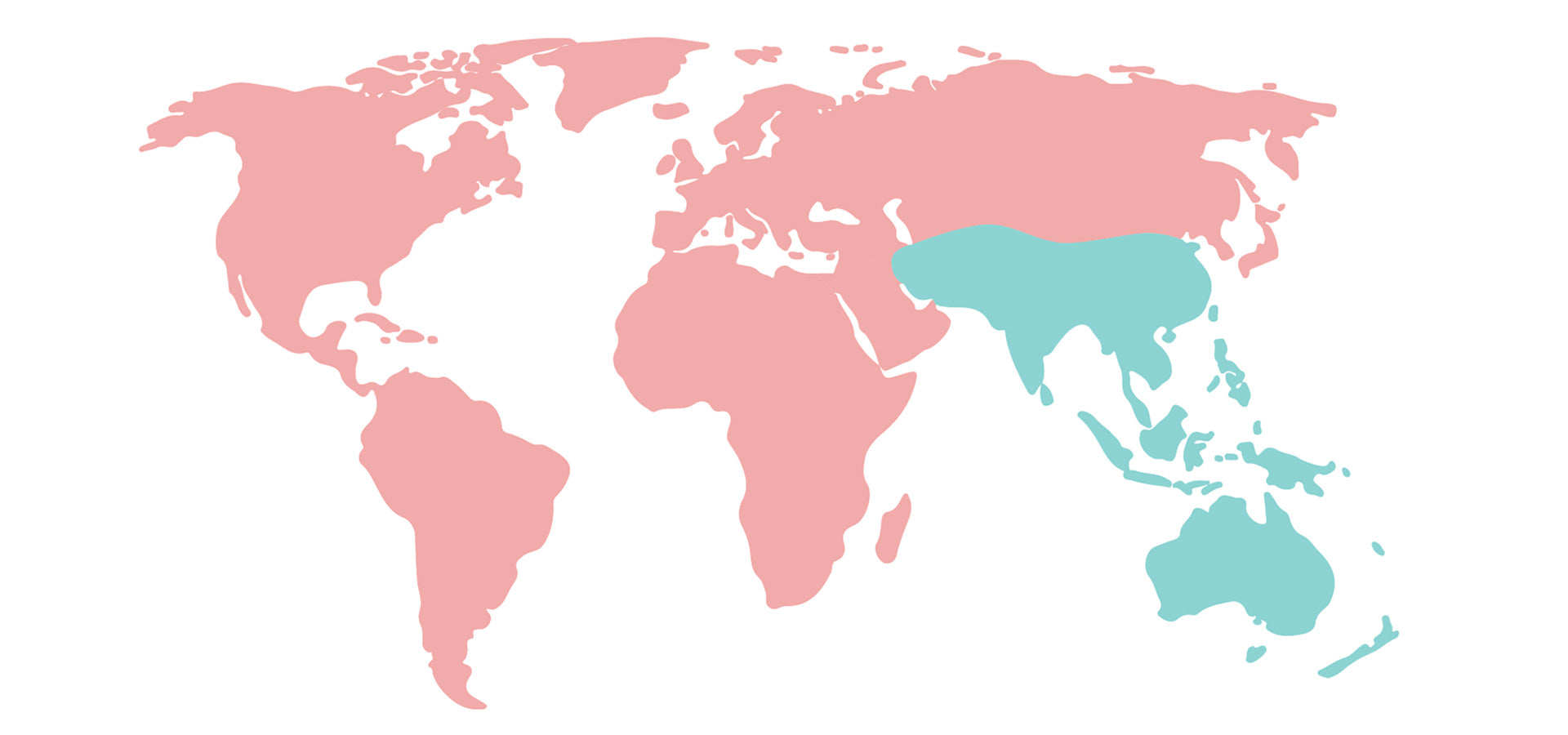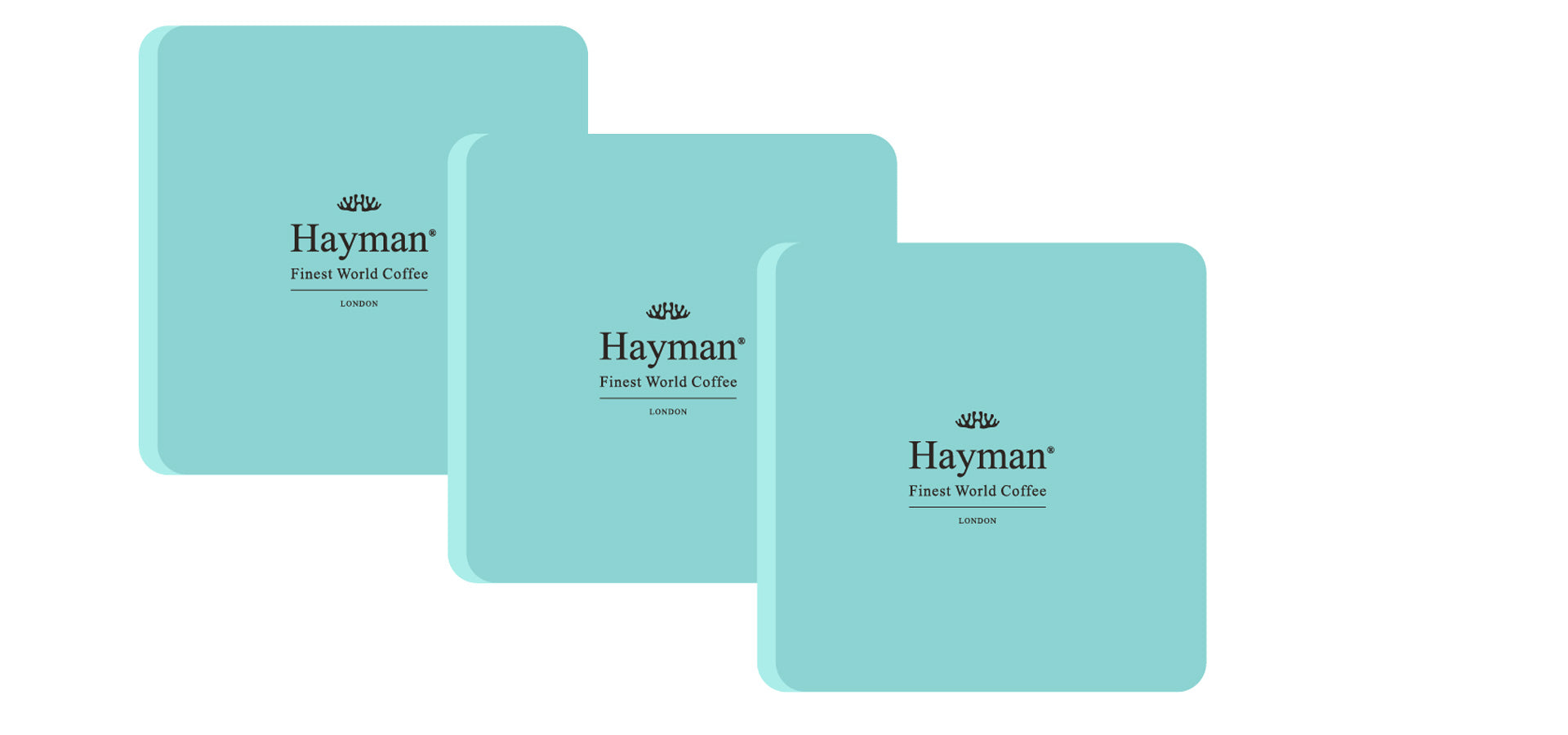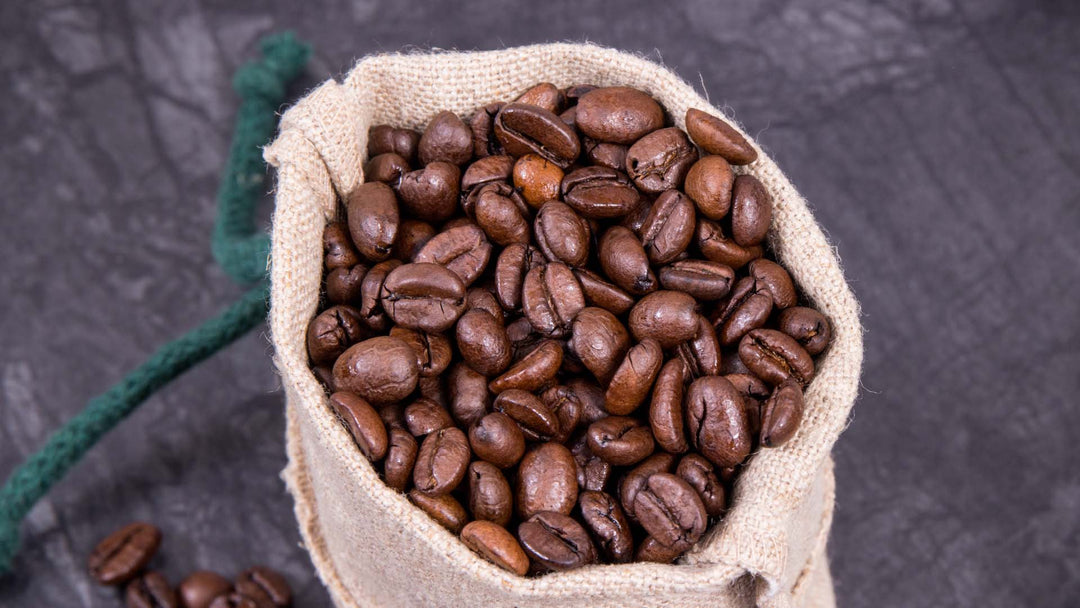Making Sense of the Third Wave Coffee Movement

Increasingly, the so-called third wave coffee movement is intensifying its grip on the world. Even in the UK – the world’s most renowned nation of tea drinkers – we’re being swept away by the whole third wave coffee thing. What started out as what was assumed a niche fad quickly became an everyday lifestyle for millions of men and women.
But what exactly is the third wave coffee movement about? Is it something you should be getting into personally? And what could be next for the world’s gourmet coffee community?
A Natural Evolution
There’s no formal or universally agreed definition of third wave coffee. Instead, it’s basically a term used to refer to the way in which speciality coffee (a.k.a. specialty coffee) and gourmet coffee have taken over as new norms.
Think of it this way – when did you last walk into a coffee shop and order a ‘black coffee’ or a ‘white coffee’? Chances are, a long time ago. These days, even the most generic fast food joints in the UK offer a wide range of coffees with weird and wonderful names. Where you’d once order a white coffee, it’s now a flat white. Black coffee drinkers now ordering Americanos.
In a nutshell, this illustrates exactly what the third wave coffee movement is all about. That being, a rapid and permanent transition away from basic coffee, in favour of more speciality or gourmet coffee. The bonus being the ability to order just about anything to suit your tastes – the drawback being the inevitable complexities and growing snobbery.
OK, So What Was First Wave and Second Wave Coffee?
If we’re well and truly in the era of third wave coffee, this would mean we’ve already transitioned through two prior waves. In which case – what were first wave and second wave coffee all about?
First wave coffee was really the introduction of coffee to the masses in general. It wouldn’t have been considered a wave at the time – just coffee. Once an extremely prestigious and exclusive commodity, all types of coffee were considered gourmet coffee or speciality coffee. Over time, coffee became a much more mainstream commodity and an essential product in the lives of millions.
Second wave coffee is generally acknowledged as the initial diversification of coffee in markets like the UK. Contrary to popular belief, it wasn’t actually too long ago that cappuccinos, espressos, lattes and so on were pretty much unheard of. They made their way into the UK from the continent, bringing with them on the second wave coffee movement.
Third wave coffee has taken the torch in style, opening the door to some of the wackiest hot and cold beverages ever invented.
What Next for Specialty Coffee?
For the time being, nobody really knows what the fourth wave coffee movement will bring. Aside from the inevitability of even more bizarre brewing methods. In any case, it’s unlikely any more radical shifts in the world of specialty coffee will occur in the near future at least.
At Hayman’s online coffee store, you will find the best coffee beans in the world, including the legendary Jamaican Blue Mountain coffee, best Kona coffee Hawaii, and Panama Geisha coffee beans (a.k.a. Gesha coffee). These spectacular gourmet coffees are available as green coffee beans, roasted whole bean coffee, ground coffee, Nespresso compatible pods *, and coffee pods compatible with Keurig K Cup coffee makers (incl. Keurig 2.0 models) **. Click here to order today, we ship worldwide!
* Nespresso® is a registered trademark of Société des Produits Nestlé S.A., unrelated to Hayman®. Our espresso pods are not created or sold by Nespresso®.
** Keurig and K-Cup are registered trademarks of Keurig Green Mountain, Inc. unrelated to Hayman®. Our pods are not created or sold by Keurig®.
